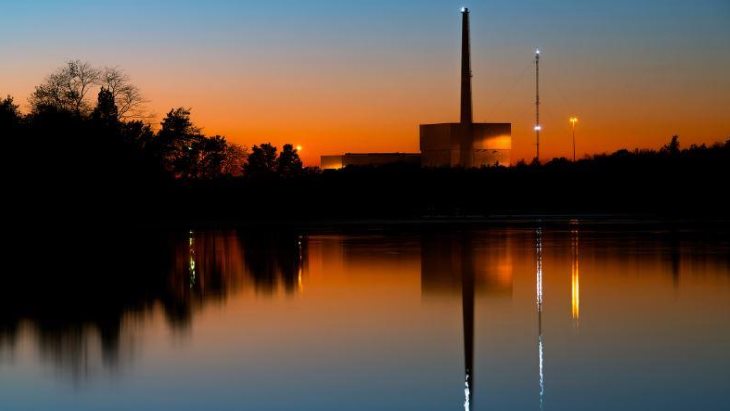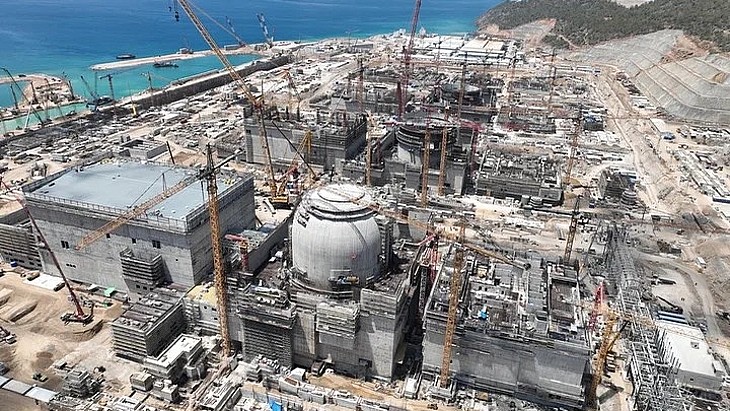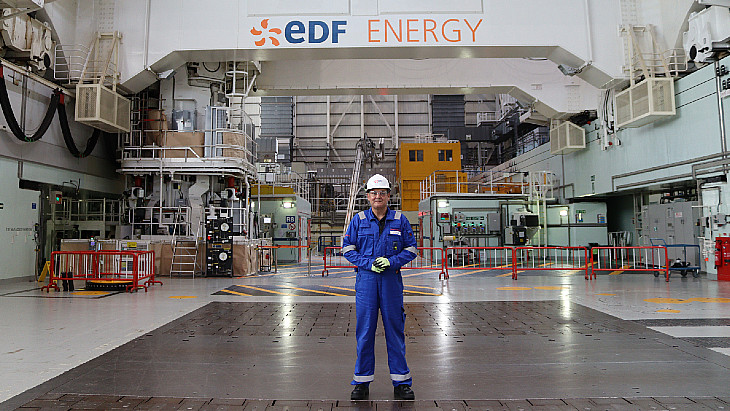New Jersey unveils clean energy master plan

New Jersey's state agencies were directed to prepare the Draft 2019 Energy Master Plan (EMP) under an executive order signed by Governor Phil Murphy in May 2018 alongside legislation establishing the state's Zero Emissions Certificate (ZEC) programme. The plan has been drawn up under the leadership of the New Jersey Board of Public Utilities (NJBPU), in collaboration with the state's Department of Environmental Protection, Department of Transportation, Economic Development Authority and Department of Community Affairs.
Murphy said the strategies outlined in the draft plan would foster economic growth by creating thousands of jobs in the state's energy, building, and transportation sectors. "Today’s draft plan is a critical step forward in reducing the effects of climate change and securing our state’s clean energy future for the benefit of all New Jerseyans and for generations to come," he said.
The EMP defines "100% clean energy by 2050" as meaning 100% carbon-neutral electricity generation and maximum electrification of the transportation and building sectors in order to meet or exceed reductions of greenhouse gas emissions of 80% below 2006 levels by 2050. It features a series of seven strategies: reducing transport sector energy consumption and emissions; accelerating deployment of renewable energy and distributed energy resources; maximising energy efficiency; reducing energy use and emissions from the building sector; modernising grid and utility infrastructure; supporting and incentivising community-level energy planning; and leveraging economic and environmental opportunities of clean energy.
New Jersey's 2018 generation of 75.255 million MWh of electricity was produced primarily through a combination of natural gas (51.6%) and nuclear (42.5%) power sources. The NJBPU in April awarded its first ZECs to the two-unit Salem and single-unit Hope Creek nuclear power plants, which between them currently produce 32% of New Jersey's power.
The state's fourth nuclear power plant, Oyster Creek, retired in October 2018 after 49 years of operation and the EMP notes that this closure resulted in the loss of over 600 MWe of zero-emission generation capacity. As a result of that closure, the share of electricity from nuclear power has fallen to about 32% with the deficit largely made up by natural gas, the EMP says.
The NJBPU is now working to develop an Integrated Energy Plan that will model scenarios reflecting the EMP's strategies to identify least-cost pathways to achieve the clean energy goal. This modelling, as well as further stakeholder input, will be included in the final EMP.



_53540.jpg)









